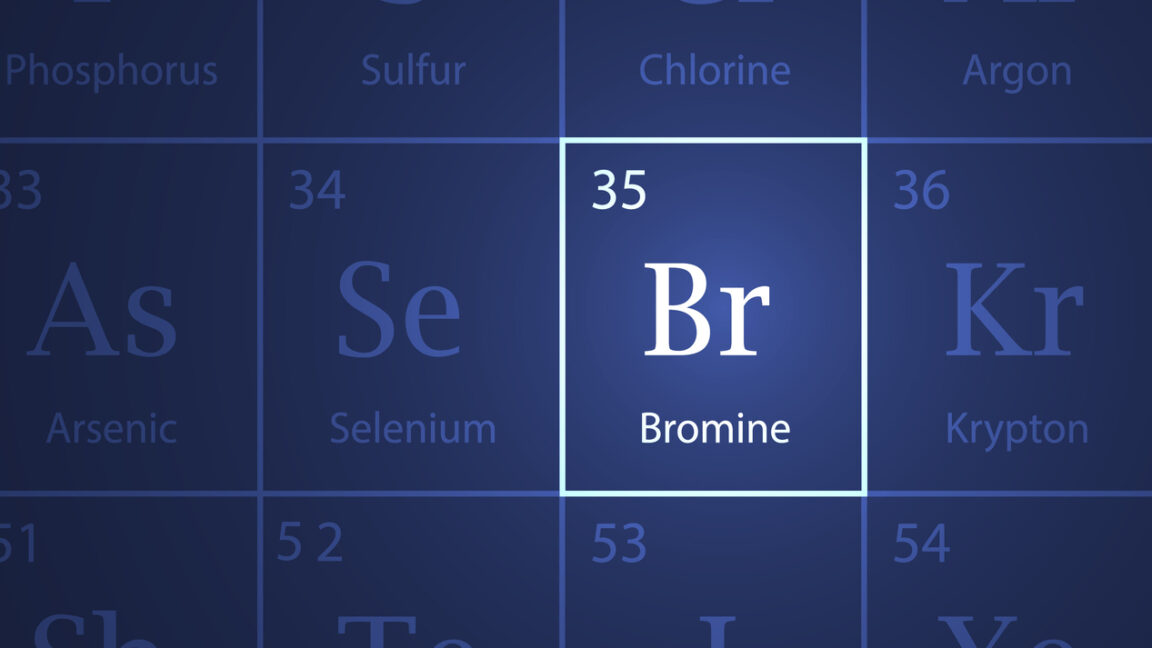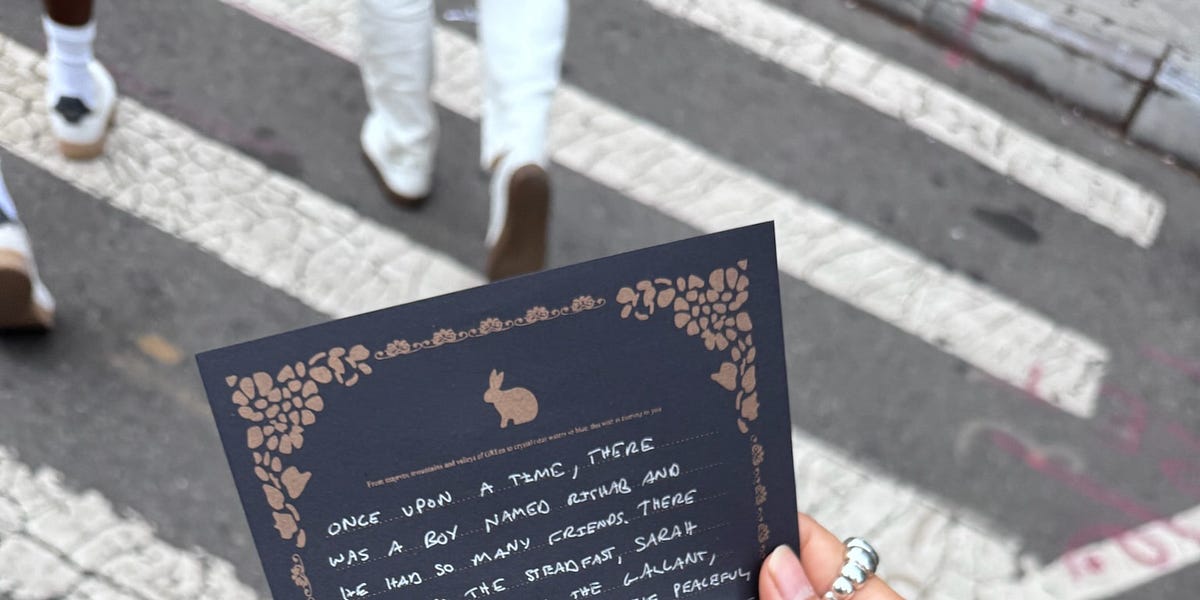
A Scientist’s Plan to Visit a Black Hole in 100 Years Is Wild. It Might Also Work.
On April 10, 2019, a black hole broke the internet. The first-ever image of a black hole—starring the supermassive black hole at the center of the galaxy Messier 87—was published by the Event Horizon Telescope (EHT). In an equally impressive follow-up, our own galaxy’s supermassive black hole (Sagittarius A*, sometimes shortened to Sag A*) would be imaged by EHT three years later.
But astrophysicist Cosimo Bambi (from Fudan University in China) has a vision. He sees a visit to a black hole happening within the next century—if we can develop a spacecraft light enough to be shot through space by a laser beam, that is. While Sag A* is a staggering 26,000 light-years from Earth, and Gaia-BH1 (the closest known stellar-mass black hole) is 1,560 light-years away, they may not be our only visitation options. Bambi thinks there could possibly be a smaller black hole hiding as close as 20 to 25 light-years away.
He may be (approximately) right. While 20 light-years may be something of a stretch, in 2023, a team of researchers from the University of Padua in Italy and the University of Barcelona in Spain found that there could be stellar-mass black holes as close to Earth as 150 light-years away. These alleged black holes are thought to exist in the Hyades open cluster—a horde of stars, close in age and chemical composition, held loosely together by their gravitational pull. When the team ran simulations that were supposed to end up matching the mass and size of the cluster, the only way they could reach those numbers was by including black holes.











